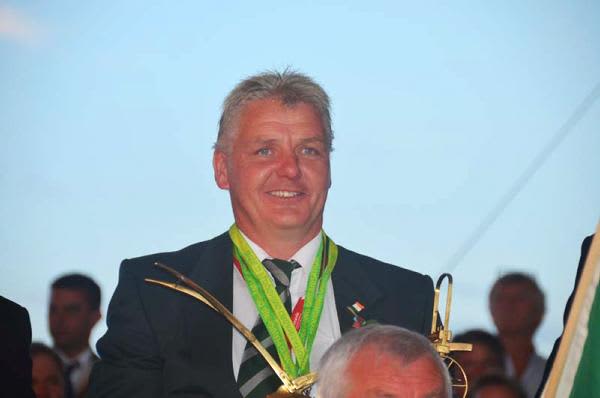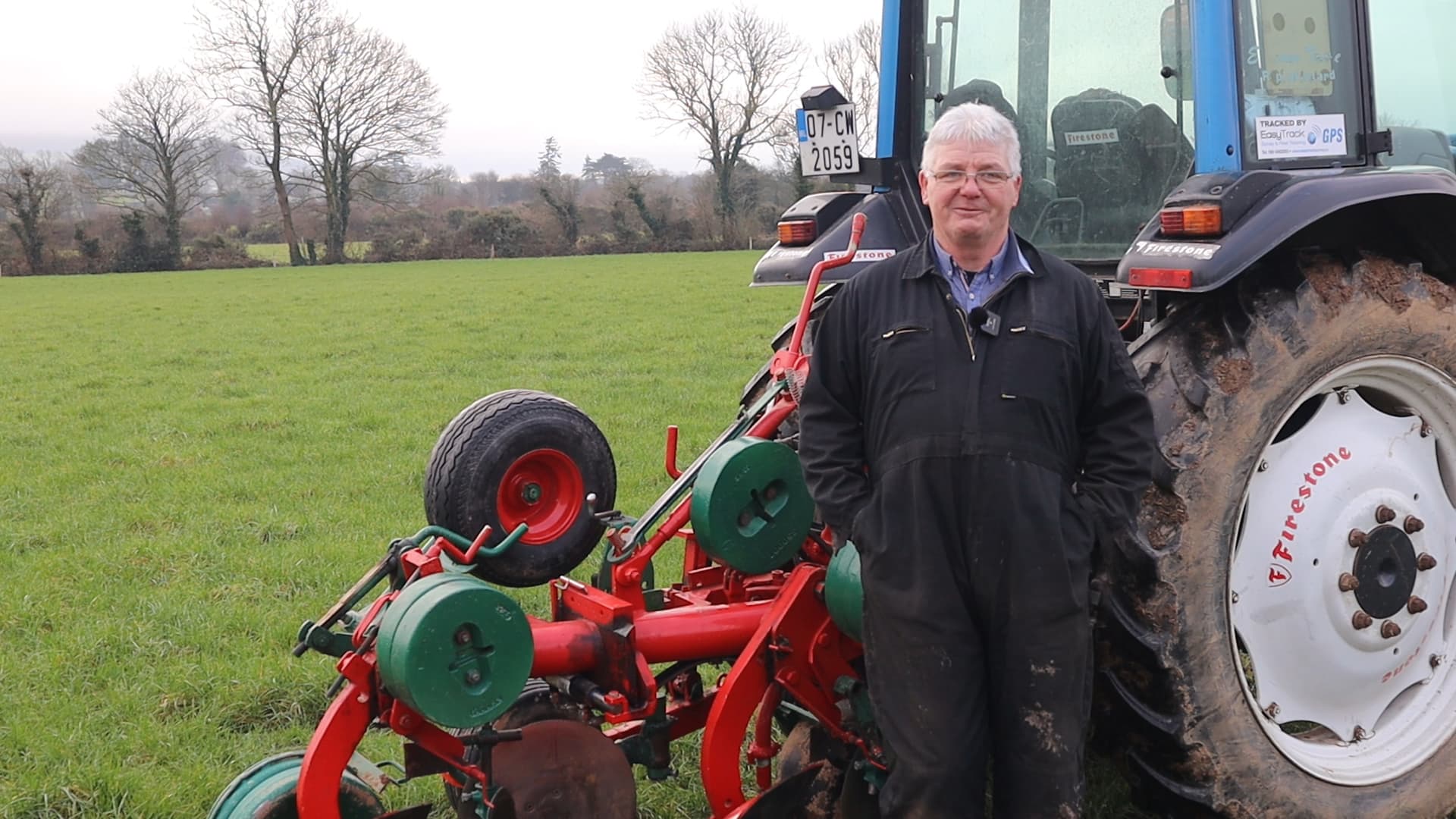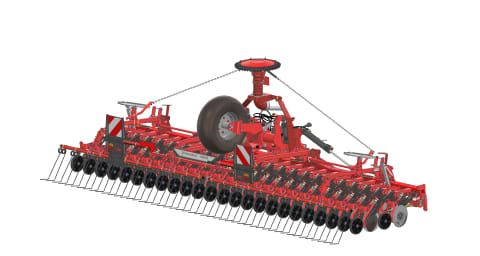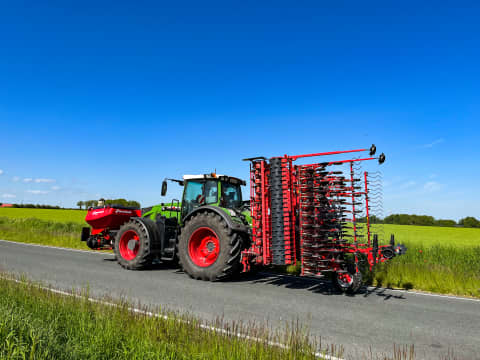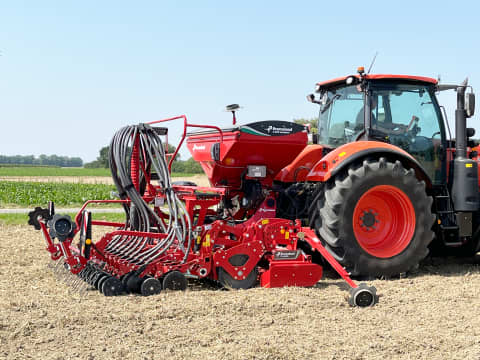A Family Tradition
"Ploughing has been in my blood for as long as I can remember. My father, John Tracey, was a great ploughman in his own right. He never won a world championship, but he was runner-up on six occasions. It’s safe to say I inherited my love for ploughing from him. Now, my two sons, Sean and Steve, have caught the bug as well. They are both national champions at underage level, and Sean has even won an intermediate national title a few years ago. It’s a legacy we are proud to continue on the Tracey farm."
Ploughing at the world level is divided into two classes: Conventional and Reversible. Eamonn competes in the Conventional Class and relies on his trusted Kverneland 2-furrow match plough, a tool that was built in the early 90’s and has been by his side since the early 2000’s.
Watch the full video here:
The Choice of a Champion: Kverneland Ploughs
"When my father started ploughing, he used an old Pierce plough, an Irish-made piece of equipment. But in the 80s and 90s, Kverneland revolutionized match ploughs and boards, making them the go-to choice for competitors. Their design made handling deeper ploughing in competition much easier. Since then, Kverneland has become the preferred choice of ploughmen at both national and world levels. At world championships, I’d say over 95% of competitors use Kverneland ploughs. Their support at the competition is incredible – they always have spare parts and everything you need."
Over the years, Eamonn has made several modifications to his plough to optimize its performance for competitive ploughing. His commitment to continual improvement is what sets him apart from the rest.
The Art of Competitive Ploughing
Competitive ploughing is a test of precision, skill, and endurance. At world level, each competitor is assigned a 100m x 20m plot of land. The contest consists of an opening split, judged separately, followed by a timed two-hour-and-forty-minute ploughing session. Judges assess competitors on 16 different aspects, each marked out of ten.
"Straightness is crucial. Your plot is measured for straightness four times during the day. The opening split, the middle, and general ploughing work are all judged on multiple criteria, including skimming, firmness, uniformity, and finish. The objective is to ensure the ploughing is neat, tidy, and straight. From the headland, it has to catch the judge’s eye – but more importantly, it must stand up to close inspection. Every furrow must be properly buried, free from cracks or inconsistencies."
For Eamonn, the key to success is consistency across all judging aspects. With such a tight margin for error, the difference between a good ploughman and a champion is attention to detail.
Some (But Not All) of The Secrets to Becoming a Champion
"To be a winner, you need to score well across the board. There are 14 to 15 different aspects to get right, and you can’t afford to slip up on any of them. Neatness, tidiness, and straightness are what make a champion. You need to paint a picture with your ploughing so that when a judge looks at it from a distance, it stands out. Then, when they step onto the field, it must walk well – meaning firmness, uniformity, and proper soil management."
When asked about advice for aspiring ploughmen, Eamonn’s message is clear: get the basics right first.
"If you’re starting out, don’t worry about modifications and attachments. Focus on straight, uniform ploughing before tackling advanced techniques. It’s like any sport – if a soccer or rugby team forgets the basics, they won’t win. The same applies to ploughing. And most importantly, enjoy it. If you don’t love what you do, it’s not worth the effort."
He added with a laugh, "And if you ever need advice, ask – we ploughmen are a helpful bunch. We won’t tell you all of our secrets, but we’ll certainly give you as much advice as we can!"
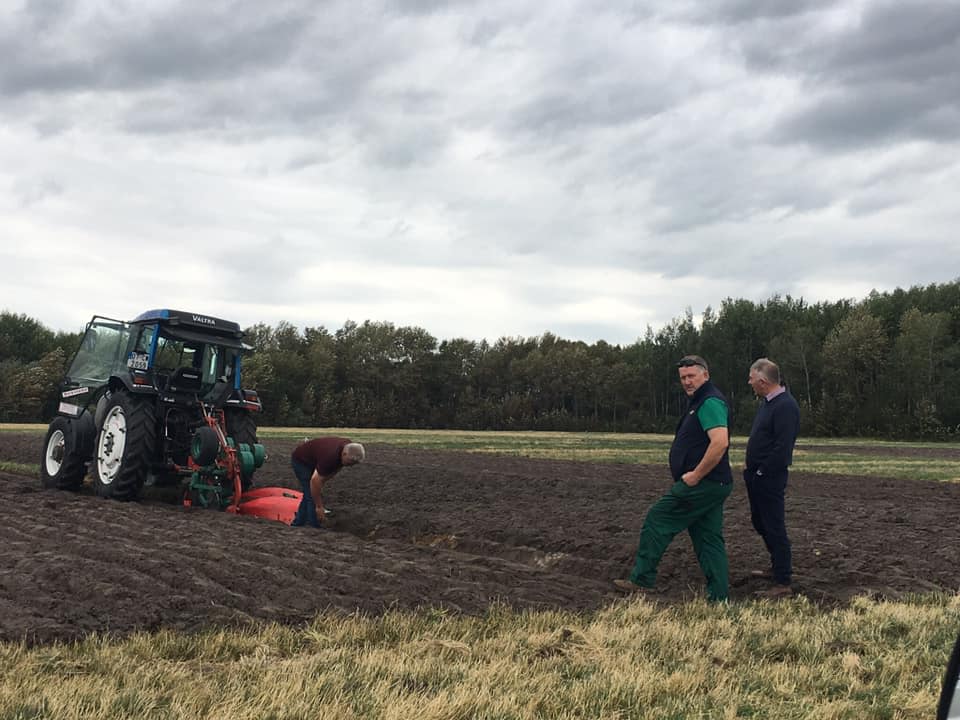
The Drive to Stay on Top
Despite being the reigning world champion, Eamonn acknowledges that competition in Ireland is fierce. After returning from his latest world championship victory in Estonia, he competed in the Irish Nationals, where he finished in fifth place. For him, this is proof of the high standard of ploughing in Ireland.
"We are, without a doubt, the number one country in the world when it comes to ploughing. We’ve won both conventional and reversible classes at the world championships two years running. The competition at home is so strong that if you’re not constantly improving, you’re falling behind. When people ask me why I keep modifying my plough even after winning a world title, my answer is simple: if you stand still, you’re actually moving backwards."
What’s Next for Eamonn Tracey?
With six world titles to his name, Eamonn has no plans of slowing down.
"I love ploughing. I’ve always enjoyed it, and I don’t see a day when I won’t. My goal is simple: to keep improving and stay ahead. If that’s not good enough, then that’s good for Irish ploughing. The strength of our competition at home is what makes us world champions."
For Eamonn Tracey, ploughing isn’t just a competition – it’s a way of life. His story is one of dedication, heritage, and relentless pursuit of excellence, ensuring that Ireland remains the home of world-class ploughing.
